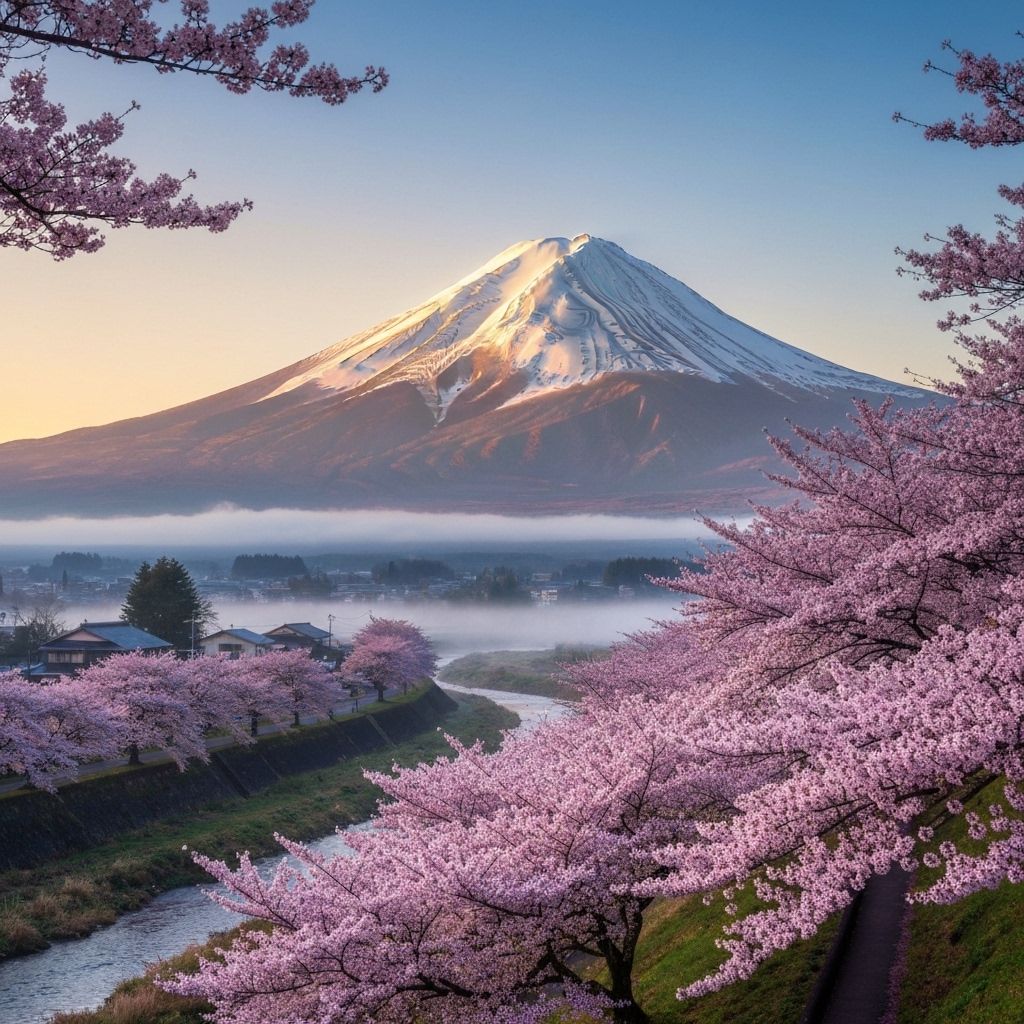Days 1–4: Tokyo Base
- Base
- Asakusa, Ueno museums, Meiji Shrine
- Day trip: Kamakura or Nikko
- Focus: etiquette, food markets, contemporary art

Discover the most interesting places to visit in Japan using our trip catalogue and example itineraries
Design a trip that flows. Start with an arrival hub for easy logistics, move to culture-rich heartlands, then finish amidst nature or along the coast. Use these templates as a catalogue to sketch your own sequence.
Urban immersion, one cultural escape, minimal check-outs. Ideal for first-timers or return visitors with limited time.
| Day | Area | Learning Focus | Notes |
|---|---|---|---|
| 1 | Asakusa → Ueno | Sensō-ji etiquette, street foods, museum hopping | Buy IC card; early night to reset |
| 2 | Meiji Shrine → Harajuku → Omotesandō | Shinto basics, youth fashion, flagship architecture | Book a tea intro near Aoyama |
| 3 | Kamakura or Nikko | Zen temples & coastal trails, or lavish shrines & cedar forests | Leave by 8:00; back by 18:00 |
| 4 | Shibuya → Daikanyama → Roppongi | Urban design, book culture, contemporary art museums | Evening observation deck |
| 5 | Tsukiji/Toyosu → Ginza | Seafood literacy, craft knives, department-store basements | Airport by rail in ~45–70 min |
Balance city, mountains, and classical capitals. One intercity move at a time keeps the pace humane.
| Day | Base | Excursions | Learning Focus |
|---|---|---|---|
| 1 | Tokyo | Asakusa, Sumida | Buddhist/Shinto etiquette, riverfront history |
| 2 | Tokyo | Harajuku, Shibuya | Subculture and contemporary design |
| 3 | Tokyo | Nikko or Kawagoe | Craft gilding or Edo streetscapes |
| 4 | Matsumoto/Takayama | Castle or old town | Feudal architecture, woodcraft, mountain foods |
| 5 | Matsumoto/Takayama | Shirakawa-go (opt.) | Gasshō-zukuri farmhouses & winter living |
| 6 | Kyoto | Gion, Higashiyama | Walking etiquette, tea, gardens |
| 7 | Kyoto | Arashiyama | Bamboo groves, river boats, Zen villas |
| 8 | Kyoto | Nara or Osaka | Temple art or merchant food culture |
| 9 | Kyoto | Fushimi Inari AM | Pilgrimage paths, shrine symbolism |
Start in Tokyo for arrival ease; end in Kansai for historic depth and good outbound flights.
A grand circuit that respects seasons and reduces backtracking. Move roughly every 3–4 days, mixing cities, heritage towns, and nature.
Join thousands of travelers who have discovered the perfect blend of tradition, innovation, and natural beauty in Japan.